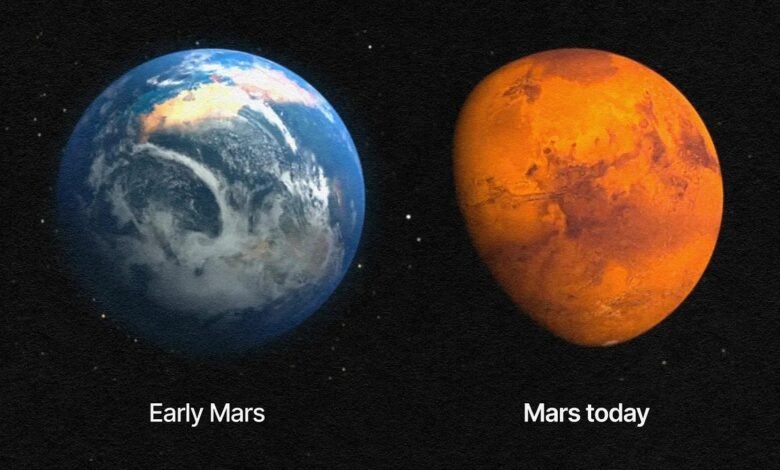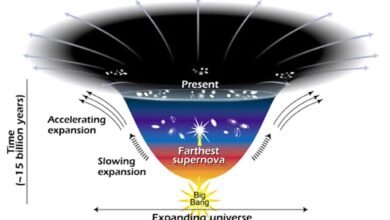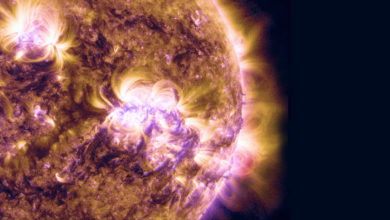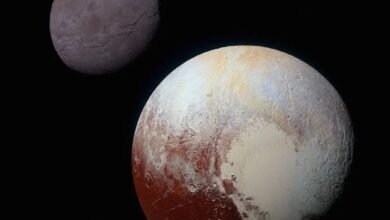Mars could have lived, even without a magnetic field | by Ethan Siegel | Starts With A Bang! | Nov, 2024

Mars and Earth were sister planets in many ways, with early similar conditions. Why did Mars die? The leading explanation isn’t universal.
When we look at planet Earth, we see a blue world with a mix of oceans and continents, clear and cloudy skies, covered in photosynthetic greenery and many other signatures of life’s presence. Mars, for comparison, is a much smaller planet that’s largely taken on a rusted red color, possessing only a thin atmosphere and with no signs of liquid water on its surface: only frozen ices. While both Earth and Mars may have formed from similar raw ingredients in terms of the atoms that make up these worlds, the tales of their planetary evolution clearly diverged long ago, with Earth becoming life-friendly early on and remaining so, while Mars lost the last traces of its surface liquid water more than 3 billion years ago.
Why are these worlds so different, today?
The standard explanation is that Mars, being much smaller, radiates the heat away from its core far more efficiently than Earth does. This causes the core to cool inside Mars much more quickly than the core inside Earth, causing any magnetic dynamo generated by Mars to fade away swiftly compared to the lifetime of the planet…
Source link




